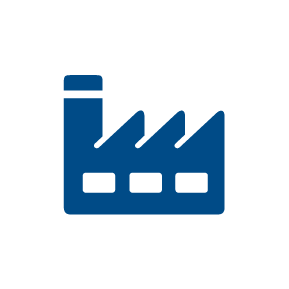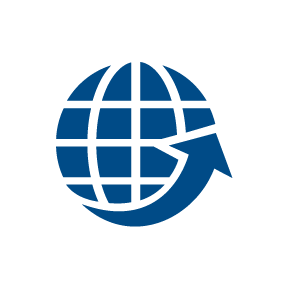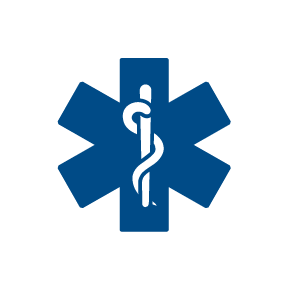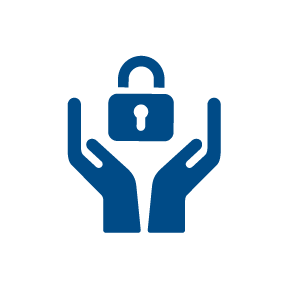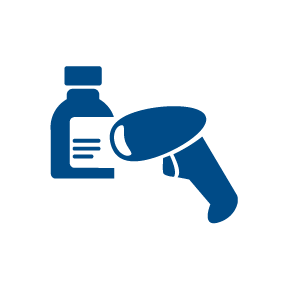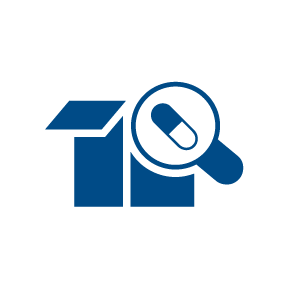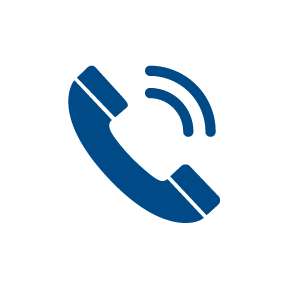Roadmap for Supply Chain Security
Member economies of the Asia Pacific Economic Cooperation (APEC) and non-APEC economies alike are adversely impacted by the international movement of substandard and falsified (S&F) medical products. As the medical products industry has become more globalized and specialized, economies must increasingly rely on the global marketplace to provide the medical products needed to keep citizens healthy and ensure that access to legitimate products is not disrupted. In an effort to address this modern issue, regulators, industry stakeholders, representatives from non-governmental organizations, international organizations, and academics from across the globe have come together as members of the “Roadmap to Promote Global Medical Product Quality and Supply Chain Security” (“Roadmap for Supply Chain Security”) project, a collaborative multi-year project commissioned by APEC with oversight by its Regulatory Harmonization Steering Committee (RHSC). This work culminated in the development of this Supply Chain Security Toolkit.



